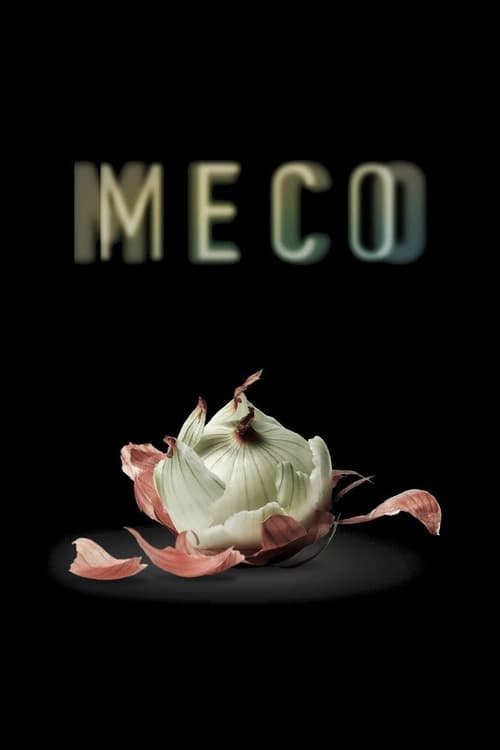
Ask Your Own Question
What is the plot?
In Episode 4 of "The Roots," the story opens with Kunta Kinte, who is still grappling with the harsh realities of slavery. He is shown working in the fields, where the grueling labor takes a toll on his body and spirit. The scene is heavy with the sounds of the whip cracking and the cries of fellow slaves, emphasizing the brutality of their existence. Kunta's internal struggle is palpable as he reflects on his lost freedom and the life he once had.
As the day progresses, Kunta is approached by Fiddler, an older slave who serves as a mentor figure. Fiddler tries to instill a sense of resilience in Kunta, sharing stories of survival and the importance of maintaining one's identity. Kunta listens but remains conflicted, feeling the weight of his circumstances. The bond between them deepens as Fiddler encourages Kunta to hold onto his name and heritage, despite the oppressive environment.
Later, the plantation owner, Master Tom, holds a meeting with the overseers to discuss the productivity of the slaves. Tensions rise as they debate the best methods to control the workforce. Master Tom's cruel demeanor is evident as he dismisses any concerns about the slaves' well-being, focusing solely on profit. This scene highlights the dehumanizing attitudes of the white characters towards the enslaved individuals.
In a pivotal moment, Kunta witnesses a fellow slave, who has attempted to escape, being brutally punished. The scene is graphic and harrowing, showcasing the violent consequences of defiance. Kunta's horror at the punishment reinforces his internal conflict about the possibility of escape. He is torn between the desire for freedom and the fear of the repercussions that come with it.
As night falls, Kunta and Fiddler share a quiet moment under the stars. Fiddler plays a haunting melody on his fiddle, and Kunta is momentarily transported back to his homeland. This moment of connection and shared sorrow allows Kunta to express his longing for freedom and his frustration with the situation. Fiddler encourages him to keep dreaming of escape, planting the seeds of hope in Kunta's heart.
The next day, Kunta is assigned to work alongside other slaves in the fields. During this time, he overhears a conversation about a potential escape plan being devised by a group of slaves. The idea ignites a spark of determination within him. Kunta begins to weigh the risks and rewards of joining the escape, feeling a mix of excitement and fear.
As the group prepares for the escape, Kunta grapples with his decision. He reflects on the consequences of failure, not just for himself but for those who would be involved. The emotional weight of this choice is heavy, and Kunta's resolve begins to solidify as he realizes that he cannot continue to live in bondage.
The night of the escape arrives, and Kunta meets with the group in secret. The atmosphere is tense, filled with a mix of hope and anxiety. They share their plans and affirm their commitment to each other. As they set off into the darkness, the fear of being caught looms over them, but the desire for freedom propels them forward.
As they navigate through the woods, the group encounters various obstacles, including treacherous terrain and the constant threat of being discovered. Tension escalates when they hear the sounds of dogs barking in the distance, signaling that they are being pursued. The group must make quick decisions about which path to take, heightening the stakes of their escape.
In a heart-pounding sequence, the group splits up to evade capture. Kunta finds himself alone, running through the dense forest. His heart races as he hears the shouts of the overseers and the barking of the dogs growing closer. The fear of being caught drives him to push himself harder, fueled by the hope of freedom.
Just as Kunta thinks he has evaded capture, he is confronted by an overseer. A struggle ensues, and Kunta fights fiercely, driven by desperation. The confrontation is intense, with Kunta using all his strength to resist. Ultimately, he is overpowered and captured, leading to a devastating moment of defeat.
The episode concludes with Kunta being returned to the plantation, where he faces the consequences of his attempted escape. The emotional toll is evident as he is subjected to punishment, and the weight of his failure hangs heavily on him. The final scenes depict Kunta's resilience as he vows to continue fighting for his freedom, setting the stage for his ongoing struggle against the oppressive system.
What is the ending?
In the ending of "The Roots," Season 1, Episode 4, the characters face the consequences of their actions and the harsh realities of their lives. The episode concludes with a sense of unresolved tension, as the characters grapple with their identities and the impact of their choices.
As the episode unfolds, we see the main characters navigating their struggles. The emotional weight of their experiences culminates in a series of confrontations and revelations. The episode ends with a poignant moment that leaves the audience reflecting on the characters' journeys and the broader themes of identity and resilience.
The episode begins with a tense atmosphere, as the characters are still reeling from the events of the previous episodes. The camera pans over a dimly lit room where the main character, feeling the weight of their decisions, sits alone, contemplating their next move. The silence is palpable, filled with unspoken fears and regrets.
Scene by scene, we witness the characters' interactions. The protagonist, burdened by guilt, seeks redemption but is met with skepticism from those around them. Their internal struggle is evident as they wrestle with their past mistakes and the desire to forge a new path. The emotional turmoil is captured through close-up shots of their face, revealing the conflict within.
In another scene, a confrontation occurs between two key characters. The tension escalates as they voice their frustrations and disappointments. The dialogue is sharp, filled with raw emotion, and the stakes are high. Each character's motivations are laid bare, showcasing their vulnerabilities and the impact of their choices on one another.
As the episode progresses, the characters begin to make decisions that will shape their futures. One character, driven by a desire for change, takes a bold step that surprises everyone. This moment is pivotal, as it signifies a turning point not only for them but for the group as a whole. The camera captures the reactions of the others, highlighting their shock and the ripple effect of this decision.
The climax of the episode arrives when the characters are forced to confront the reality of their situation. A powerful scene unfolds where they gather to discuss their next steps. The dialogue is intense, filled with conflicting emotions--hope, fear, anger, and determination. Each character's fate hangs in the balance as they weigh their options.
In the final moments, the episode leaves the audience with a sense of uncertainty. The protagonist stands at a crossroads, symbolizing the struggle for identity and the quest for redemption. The camera lingers on their face, capturing a mix of resolve and doubt. The screen fades to black, leaving viewers to ponder the implications of the characters' choices and the paths they may take moving forward.
As the credits roll, the fates of the main characters remain unresolved, emphasizing the ongoing nature of their struggles. The episode concludes with a lingering sense of tension, inviting reflection on the themes of resilience, identity, and the complexities of human relationships.
Is there a post-credit scene?
In "The Roots," season 1, episode 4, there is no post-credit scene. The episode concludes without any additional content after the credits roll. The focus remains on the narrative and character development throughout the episode, wrapping up the storylines presented without extending into a post-credit moment.
How does the relationship between the main character and their family evolve in this episode?
Throughout Episode 4, the main character's relationship with their family is strained due to conflicting values and expectations. Emotional confrontations reveal deep-seated issues, leading to moments of both tension and reconciliation.
What significant events occur during the character's journey in Episode 4?
In Episode 4, the character faces a series of challenges that test their resilience and determination. The episode showcases pivotal moments where the character must confront their past and make difficult choices that will impact their future.
What role does the setting play in the character's development in Episode 4?
The setting in Episode 4 serves as a backdrop for the character's internal struggles. The environment reflects their emotional state, with scenes in both oppressive and liberating spaces that symbolize their journey towards self-discovery.
Which supporting characters have a significant impact on the main character's decisions in this episode?
In Episode 4, several supporting characters influence the main character's decisions. Their interactions provide critical insights and provoke introspection, leading the main character to reconsider their choices and motivations.
What are the key emotional moments for the main character in Episode 4?
Key emotional moments for the main character in Episode 4 include a poignant confrontation with a family member that brings unresolved feelings to the surface, and a moment of vulnerability that allows them to connect with another character on a deeper level.
Is this family friendly?
In "Episode 4" of The Roots, there are several scenes and themes that may be considered objectionable or upsetting for children or sensitive viewers.
-
Violence and Conflict: The episode includes scenes of physical confrontations and violence that may be distressing. The portrayal of conflict can be intense and may evoke strong emotional reactions.
-
Emotional Turmoil: Characters experience significant emotional struggles, including grief, loss, and betrayal. These themes can be heavy and may resonate deeply with viewers, potentially causing discomfort.
-
Historical Context: The episode addresses serious historical issues, including oppression and discrimination. The depiction of these themes may be challenging for younger audiences to fully understand or process.
-
Family Struggles: There are moments of familial tension and conflict that may be upsetting, particularly for children who may relate to family dynamics.
These elements contribute to a narrative that, while rich in storytelling, may not be suitable for all viewers, especially younger children or those sensitive to such themes.





























